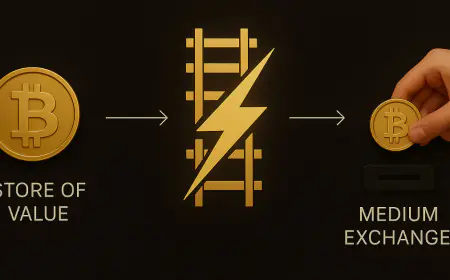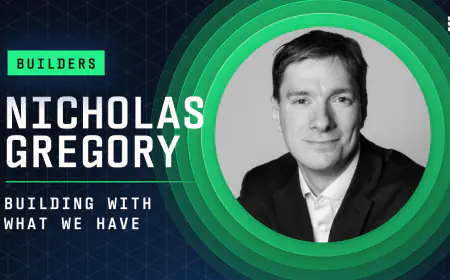Avalanche (AVAX) Decreases Staking Requirements to Build New Subnets
Avalanche (AVAX) will decrease the requirements for launching a new subnet to retain more game development teams. Until now, building a subnet also required teams to become validators for the main Avalanche layer, requiring a stake of 2,000 AVAX. Avalanche will reinvent its subnet creation process, lightening the requirement for an upfront deposit. Rising new […]

Avalanche (AVAX) will decrease the requirements for launching a new subnet to retain more game development teams. Until now, building a subnet also required teams to become validators for the main Avalanche layer, requiring a stake of 2,000 AVAX.
Avalanche will reinvent its subnet creation process, lightening the requirement for an upfront deposit. Rising new projects need a more seamless and close-to-free process for creating purpose-built blockchains.
Avalanche remains a top-10 network based on market capitalization. Its goal is to revive its influence as a platform for builders and bring back new Web3 use cases. During the 2021 bull market, Avalanche hosted some of the most successful play-to-earn games. Those game teams were also the first to build subnets and test the technology.
Until now, Avalanche has offered limited subnet opportunities. Instead, it has a curated onboarding process, where new game teams pick the best track for their expected transaction load. Any project can launch on Avalanche’s C-Chain, but some can benefit from their subnet.
New Games Must Pay Significant Upfront Fees
Each Avalanche Subnet usually aims to have eight or more validators. The number is not arbitrary, but the minimum number of validators to avoid a Sybil attack. Each validator must also become a validator on Avalanche’s main blockchain. Some new game projects may thus face an upfront requirement of 16K AVAX tokens.
The high upfront cost may cause multiple projects to abandon building their subnets. One alternative is to use existing subnets. The proposal to remove requirements is still in the early stages, with no deadline for community voting.
Also read: Avalanche Price Prediction 2024-2030: Time to Buy AVAX?
Avalanche has 1,840 validators who secure the three main infrastructures—C-Chain, P-Chain, and X-Chain. Over time, new projects launched 44 subnets, some of which carry multiple projects.
Those subnets mostly limit themselves to 8-10 validators, with some having only three validators. Only the MELD Subnet has 28 validators and potentially higher security.
Avalanche Aims to Grow Portfolio of Projects
Avalanche is trying to attract more builders to expand the possible use cases for its technology. The Avalanche Codebase program recently announced its new round, bringing in a selection of projects in Web3 and DeFi. Ava Labs, the creator of Codebase, partnered with Colony Lab to provide funding and in-person guidance.
Avalanche will also hear pitches from new projects during the Consensus 2024 meetup in Austin, Texas. In 2024, Avalanche continued to add games to its portfolio, replacing the previous batch of play-to-earn projects. Some of the projects that were pitched to Avalanche have already achieved successful funding.
Ava Labs is also in the process of onboarding games, which aim to rebuild the Web3 model.
Avalanche Considers Account Abstraction
Avalanche is compatible with the Ethereum Virtual Machine (EVM), making it a candidate for account abstraction.
Avalanche had around 750K daily active users in May, down from 1.15M users in April. During the past month, Avalanche handled more than 30M transactions. However, the project aims to attract more users to support its games and apps. Currently, some of the C-chain games only have a few dozen users.
Recently, Particle Network announced its plans to build account abstraction tools for Avalanche. The goal is to invite users with a unified identity to access Avalanche apps by using any token in their wallets.
Using Avalanche still requires some type of bridging, which is possible through the Core wallet. Core is the main Avalanche hub for moving between C-Chain and various subnets. However, Avalanche advises users to turn to third-party bridges if they need to move more coins and tokens. Account abstraction would solve the problem of needing manual bridging, which is a risk of errors or hacks.
Cryptopolitan reporting by Hristina Vasileva
What's Your Reaction?





































































































